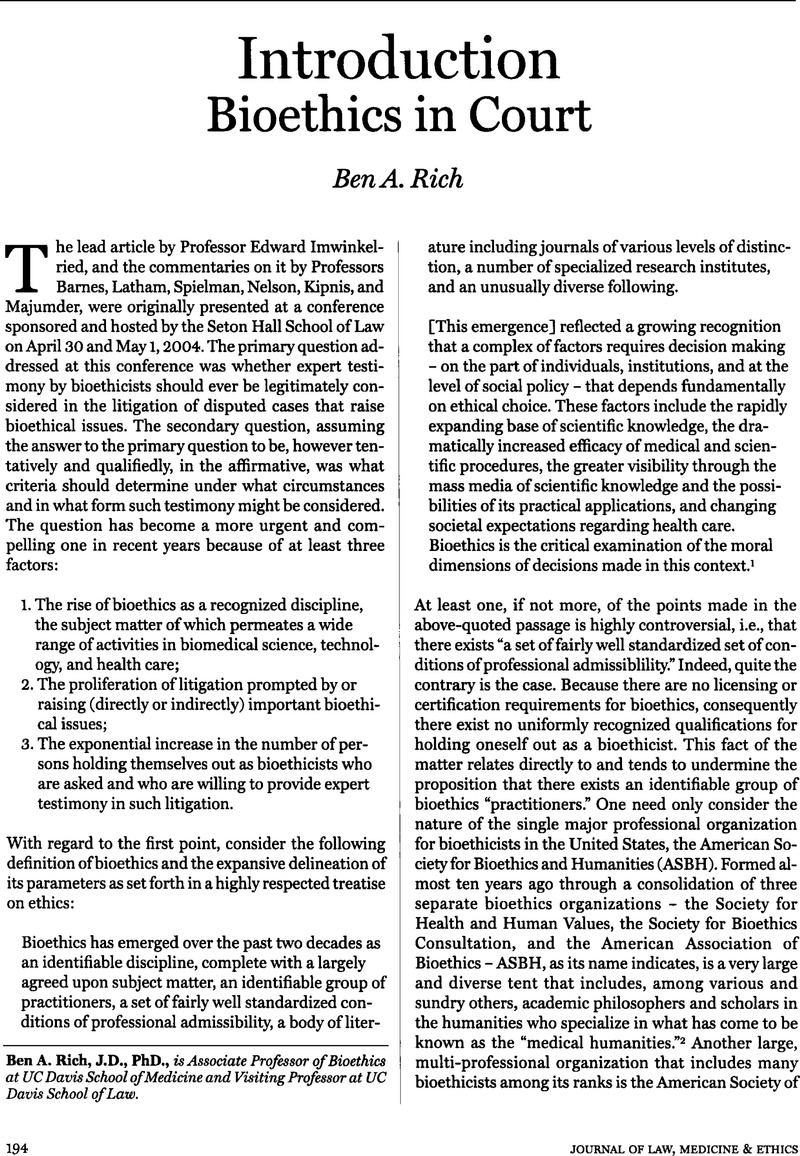Crossref Citations
This article has been cited by the following publications. This list is generated based on data provided by Crossref.
Mariot, Evandro Antonio Sbalcheiro
Barbas, Stela
and
Nunes, Rui
2024.
Enforcing the right to health in private health systems through Judicialization what can we learn from the scoping review of the cross-national perspective?.
Health Policy,
Vol. 145,
Issue. ,
p.
105096.



